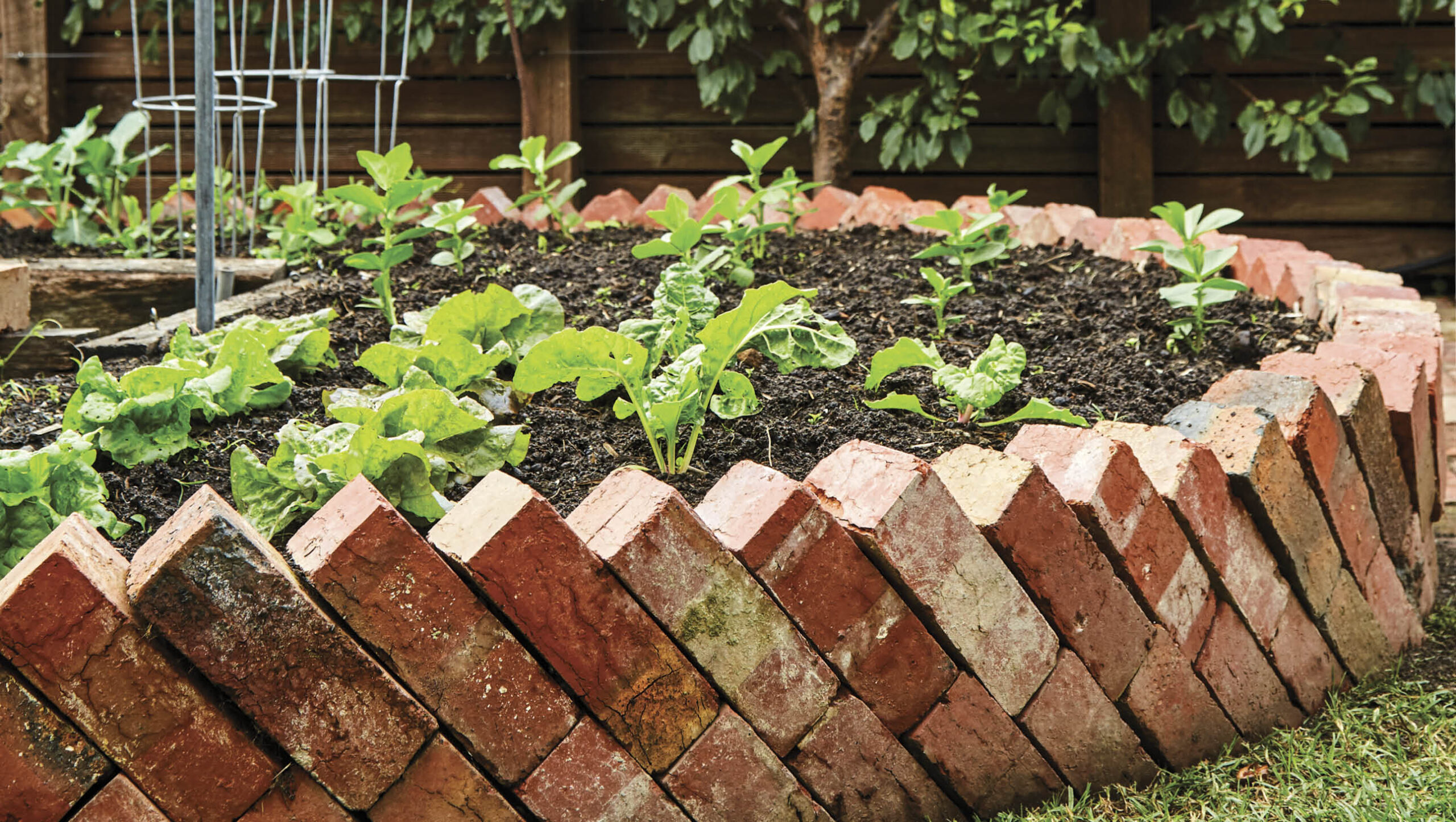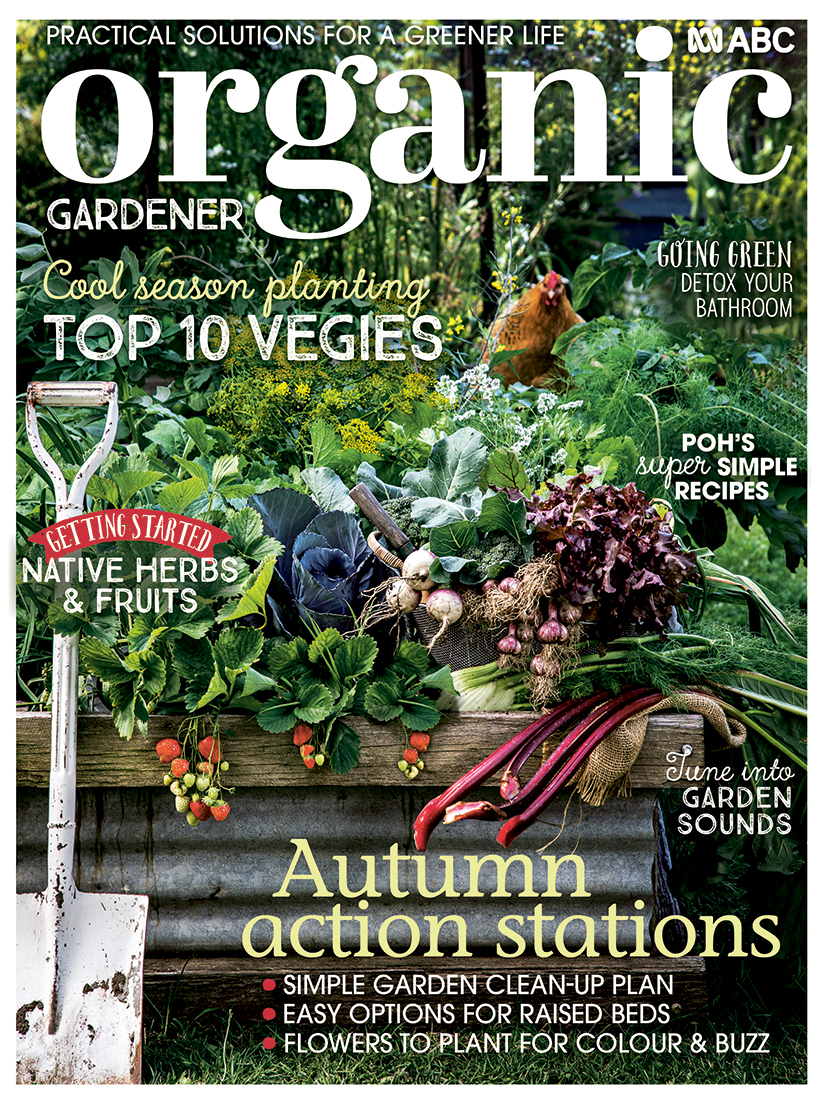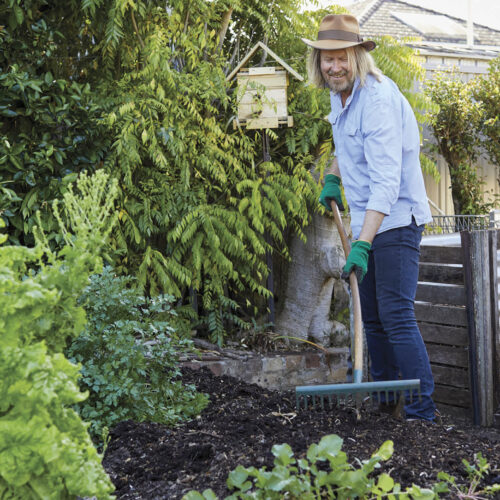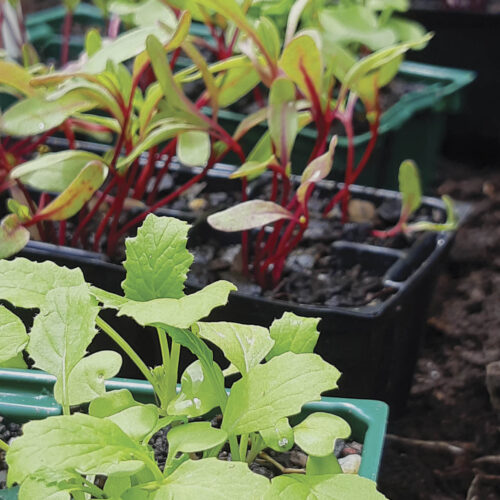Build your own garden bed
2023-02-01T01:52:28+11:00
A raised garden bed can look great and be incredibly useful, providing a neat, contained space in which to grow your vegies, writes Simon Webster. All it takes is some planning and the right materials.
When choosing a location for growing vegies, the same factors are important, whether your garden bed is raised or at ground level.
The ideal spot is:
- Sunny: open to the north and the east, with some protection from that plant-scorching, hot, western summer sun.
- Sheltered from prevailing strong winds.
- As close as possible to your kitchen. The further away from your home your vegies are, the less you’ll look after them and dare say, harvest them.
- Close to a water supply.
- On level, well-drained ground.
- Several metres away from the root zone of trees, many of which have roots that just love invading vegie patches, raised or not.
But if the perfect spot isn’t available, don’t let that put you off. Just about everyone has to compromise in one way or another when locating a vegie bed. And you can always mitigate problems: for example, by putting up a shade cloth to reduce the impact of the hot western sun, erecting a windbreak, constructing a raised bed so that it’s level on a slope, or installing wicking beds that have a sealed base, which stops tree roots from invading the growing medium.
Dimensions
While building one huge bed may seem to be the simplest and most cost-effective solution, you need to think about the stretch factor. Will you be able to easily reach that carrot you want to pick, that weed you want to pluck, or that caterpillar you want to squish?
If your bed is going to be square or rectangular, make sure at least two of the sides are no longer than one metre. For example, a 4m x 1m bed will have the same growing area as a 2m x 2m bed but will be much easier to reach across. Of course, if everyone in your household is tall, you could make them 1.2m wide, or wider. Just make sure it’s comfortable when you reach into the centre of the bed.
When considering the depth of your bed, bear in mind that the deeper your bed, the more materials you will need to construct it, and the more soil or other goodies you will need to fill it. However, a deep bed may still be the best option; for example if someone with limited movement wants to access it. Of course, the dimensions of your bed may be dictated by the building materials you have available.
You will also need to think about what you are going to fill your raised bed with, whether soil, mulch etc. There’s more details in Simon’s full article in our Early Autumn 2023 magazine (OG 139)







